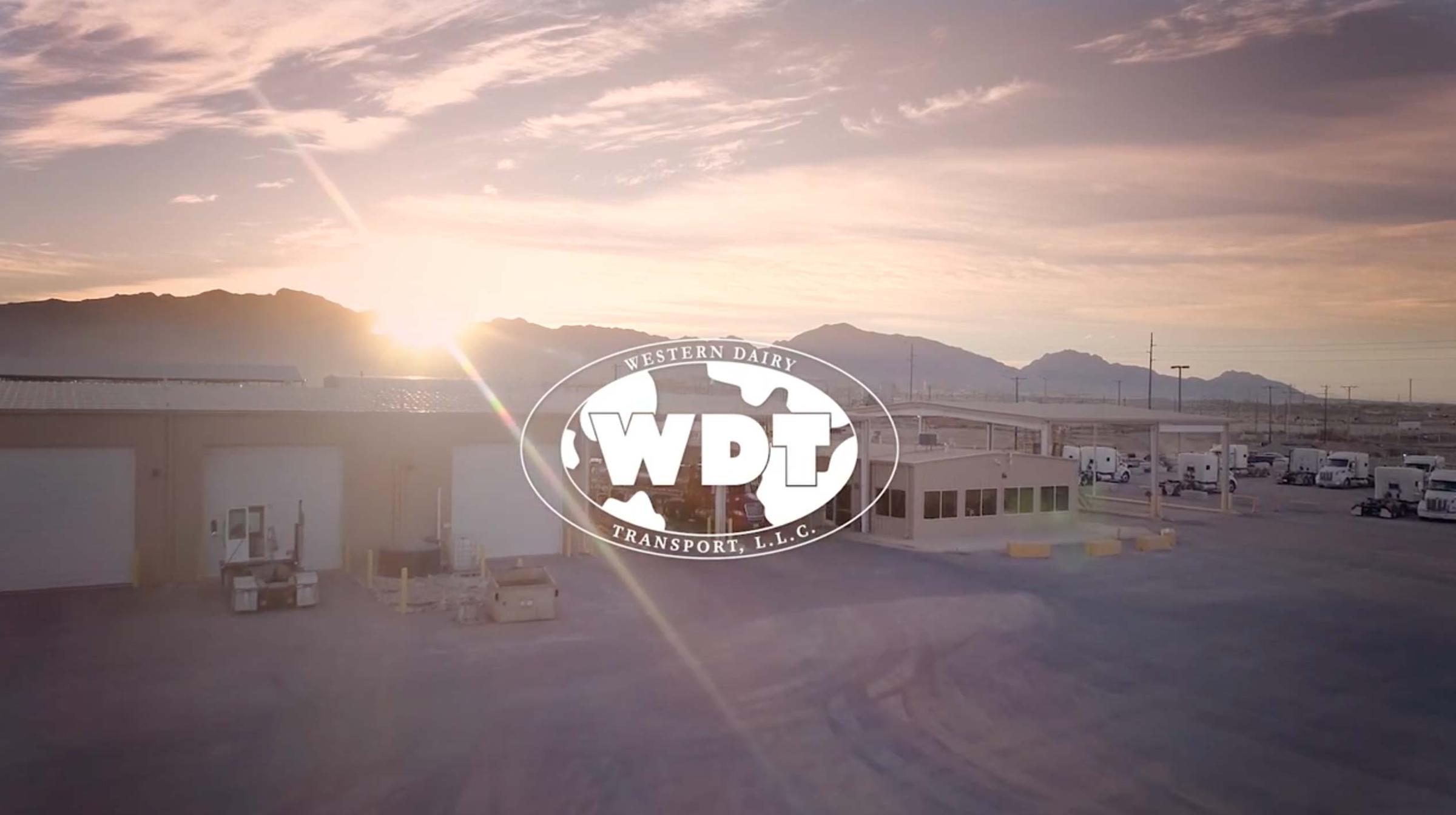

Never installed, current location unknown

Mail CoachĬurrently located in the Saline County Courthouse in Benton, Arkansas Progress of the Pioneer, the Arrival of the U.S. Progress of the Pioneer, Crossing the Desert Art conservator Peter Malarkey restored the mural in 1993." Ĭommunication During the Period of Exploration Five murals were planned for the courtroom, but only the Kerrick mural was completed and installed. Completed in 1946, but not "installed until the 1950s. Shipment of the First Iron Produced in RussellvilleĬhief Tuscumbia Greets the Dickson FamilyĬommissioned by the Works Progress Administration in 1942. Included in University of Montevallo Historic District Removal of the County Seat from Daphne to Bay Minette This mural now hangs in the Hartselle Chamber of Commerce. In 2001, it was moved to Hunt Hall, part of the Hosiery Museum. Winner of the 48 States Competition from Life Magazine, 12/4/39 The mural now hangs in the Enterprise Public Library. The Enterprise post office was torn down in 1991. Some are ensconced in buildings that are worth far less than the artwork. This is particularly important and problematical as some of them have disappeared or deteriorated. The murals are the subject of efforts by the United States Postal Service to preserve and protect them. So great was its scope and cultural impact that the term "WPA" is often mistakenly used to describe all New Deal art, including the U.S. : 58–59 This contrasts with the work-relief mission of the Federal Art Project (1935–43) of the Works Progress Administration, the largest of the New Deal art projects. They were commission-driven public work programs that employed artists to beautify American government buildings, strictly on the basis of quality. The Section and the Treasury Relief Art Project were overseen by Edward Bruce, who had directed the Public Works of Art Project (1933–34). Projects were closely scrutinized by the Section for style and content, and artists were paid only after each stage in the creative process was approved. Artists were also encouraged to produce works that would be appropriate to the communities where they were to be located and to avoid controversial subjects. Abstract and modern art styles were discouraged. : 62–63Īrtists were asked to paint in an "American scene" style, depicting ordinary citizens in a realistic manner. Assistants were then chosen by the artist from the rolls of the WPA Federal Art Project. The Section supervised the creative output of TRAP, and selected a master artist for each project.

TRAP was established with funds from the Works Progress Administration. The Treasury Relief Art Project (1935–38), which provided artistic decoration for existing Federal buildings, produced a smaller number of post office murals. Almost 850 artists were commissioned to paint 1371 murals, most of which were installed in post offices 162 of the artists were women and three were African American. Murals were commissioned through competitions open to all artists in the United States. Murals produced through the Treasury Department's Section of Painting and Sculpture (1934–43) were funded as a part of the cost of the construction of new post offices, with 1% of the cost set aside for artistic enhancements. The murals were intended to boost the morale of the American people suffering from the effects of the Depression by depicting uplifting subjects the people knew and loved. The principal objective was to secure artwork that met high artistic standards for public buildings, where it was accessible to all people. United States post office murals were produced in the United States from 1934 to 1943, through commissions from the Procurement Division of the United States Department of the Treasury.


 0 kommentar(er)
0 kommentar(er)
